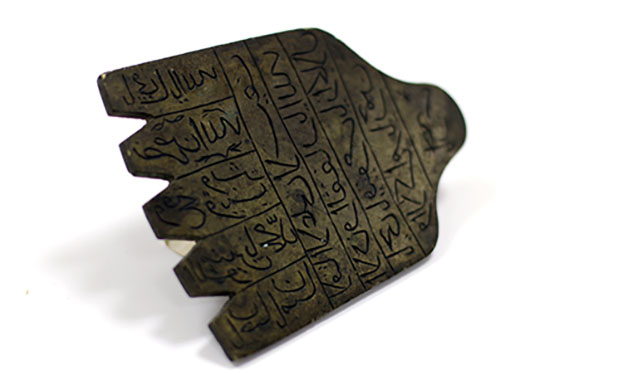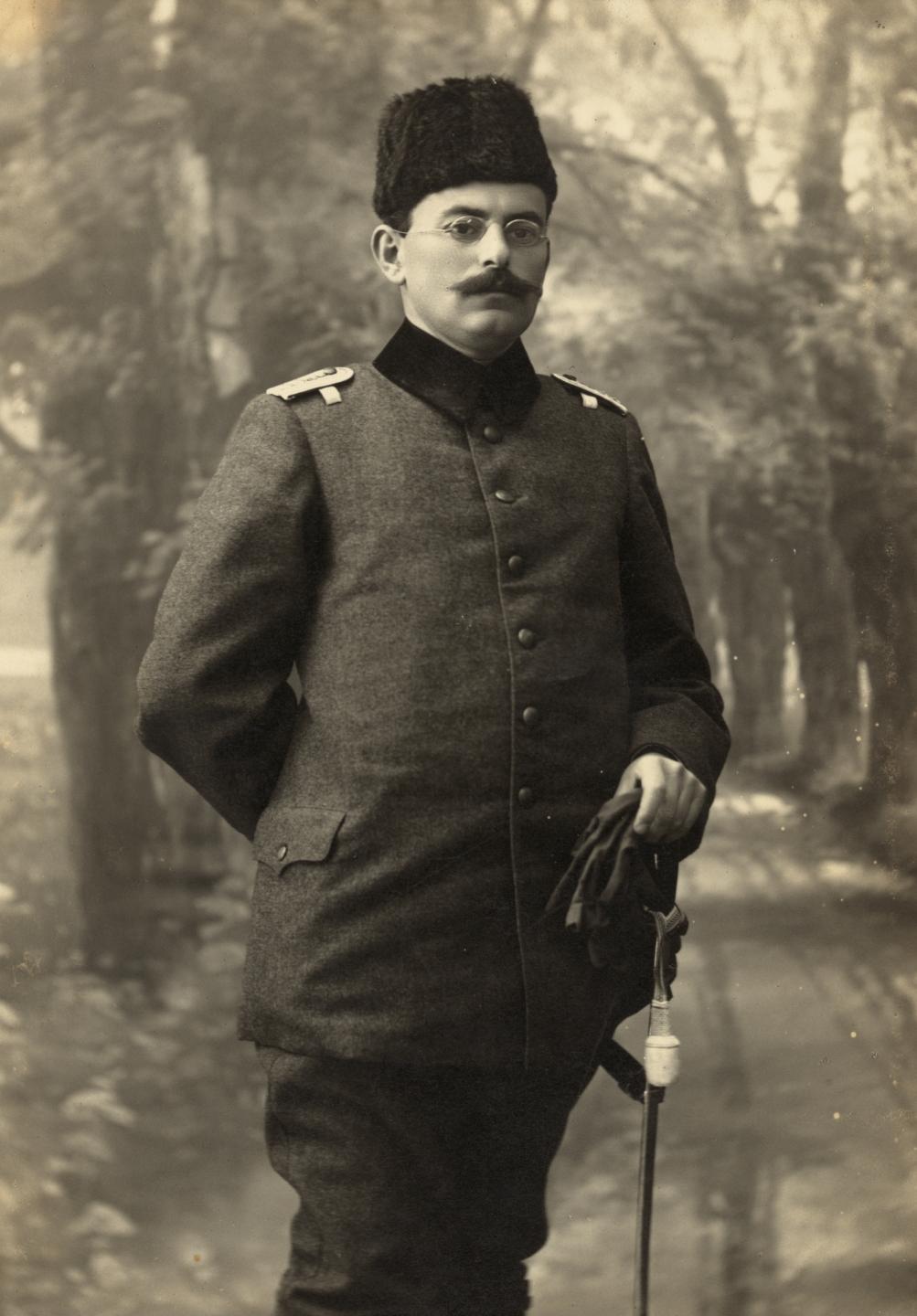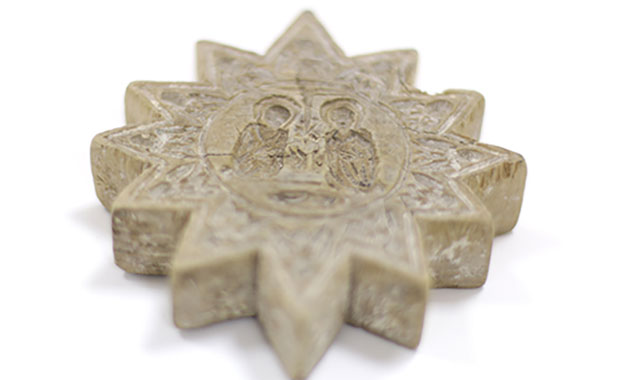
A project to digitize a historic collection of artifacts gathered by a pioneering Palestinian scholar has received a grant from the University of Toronto.
The initiative “Towards a Decolonial Palestinian Archives: Curating the Tawfiq Canaan Collections of the Birzeit University Museum” focuses on digitizing selected items from a culturally significant collection of amulets collected by the Palestinian doctor and ethnographer Tawfiq Canaan. The project is a partnership between the Birzeit University Museum, headed by the Historian Prof. Rana Barakat, and the Hearing Palestine initiative, co-chaired by UTSC Anthropologist, Alejandro Paz.
An award from the Critical Digital Humanities Initiative’s Emerging Project Fund will support this work, which aims to provide a valuable new resource for Palestinian intellectual history, science, medicine, anthropology, and folklore.
As Dr. Barakat and Dr. Paz see it, this project is working to build a partnership that recognizes the issues of a university and a museum under occupation. That is, for both, it is vital that the project be guided by the experts at Birzeit University. Such an approach can further the goals of decolonizing knowledge by decolonizing relationships with knowledge, which is a vital imperative in post-TRC Canada. This is not a project of preservation in the colonial sense, what Dr. Barakat refers to as museumification, but rather engaging in knowledge production and sharing as a founding principle. Each partner works together to learn from the other, and each is keenly aware of the need for constant conversation for the partnership to flourish. Canaan was, as Dr. Barakat explains, a hesitant modernist. “Thus,” Dr. Barakat explains, “the partners are working together to honor that hesitance and to realize that by staying open to his and our contradictions, we can begin to imagine a different means of archiving and of engagement.”

The Tawfiq Canaan Palestinian Amulet Collection is one of the most important ethnographic collections in Palestine, and contains more than 1380 pieces that Tawfiq Canaan collected over the course of his life as an ethnographer, medical researcher, historian and folklorist. These amulets and other talismanic objects were held to offer protection from evil and healing properties in local folkloric tradition.
Born in 1882 in Bayt Jala and educated in medicine at the American University of Beirut, Tawfiq Canaan was a renowned medical scholar who founded several hospitals in the Jerusalem area and served as the first President of the Palestine Arab Medical Association. Over the course of his medical career, he authored more than thirty-seven studies on topics including tropical medicine, bacteriology, malaria, tuberculosis, and health conditions in Palestine, and contributed to research that led to a cure for leprosy. During British colonial rule of Palestine (1918-1948), Canaan became an outspoken Palestinian nationalist, and he wrote books criticizing British imperialism and Zionism, which led to his arrest by British authorities in 1939.
But it was his deep interest in Palestinian folklore, popular beliefs, and superstitions, that led to him receiving recognition as an ethnographer and anthropologist. Canaan collected amulets and talismanic objects held to have healing and protective properties, and published analyses of these objects, as well as other popular folk traditions and practices. He wrote several books and more than 50 articles in English, German and Arabic that continue to serve as valuable resources to researchers on Palestine.
Dr. Paz is an Associate Professor in the Department of Anthropology and co-chair of the Hearing Palestine initiative, an intellectual hub at the University that centers the study of Palestine and facilitates advanced interdisciplinary research on the region. “It’s an interesting project with many benefits that will be really important as part of a larger initiative in Palestine studies to make archives more accessible,” he says.

“This is a very unusual collection and many of these lesser known practices and folk medicine aren’t widely documented,” notes Dr. Paz. “So Canaan’s work is crucial in preserving this.”
The partnership will create a digital archive of the Canaan materials, with plans in place to eventually create 3D scans of the objects accessible to a wider research and lay public, including those who are unable to enter the country due to travel restrictions. He says the key to the project is creating an archive that is both accessible and researcher-friendly. The project in part seeks to remedy problems in narrating Palestine’s history, which has seen archives maintained by various colonial powers such as Germany and the United Kingdom, as well as Israel.
“Since 1948, when the Zionist organizations managed to take over parts of the British Imperial state in Palestine and make them part of the State of Israel, various Israeli state institutions, be they the army or other bureaucracies, have controlled Palestinian archives,” notes Dr. Paz.
“Part of this project is about decolonizing these archives by enabling access to archives and bringing to the fore other kinds of Palestinian stories,” says Dr. Paz. “This is a problem for Palestinian people telling the Palestinian narrative of history. There's a lot of obfuscation that occurs about who the Palestinian people were or are. There needs to be a different way of thinking about how archives are controlled and how access is controlled.”
Check out Birzeit University Museum's online gallery to view highlights from the collection.